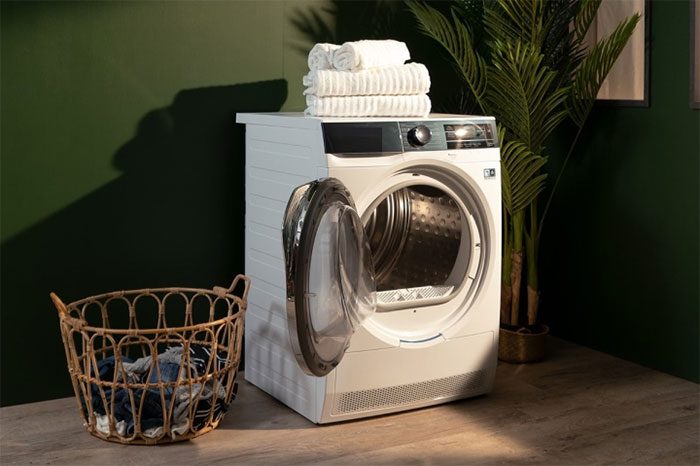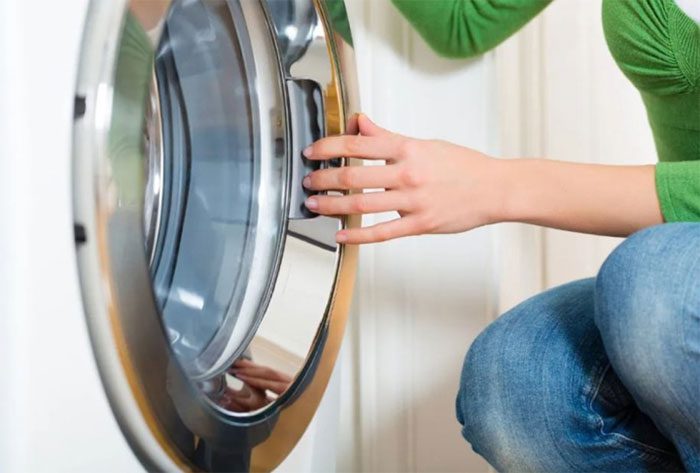Clothes dryers are becoming increasingly common in many households, yet there are still numerous people who are skeptical about the energy consumption of these machines.
The dryers available on the market today typically have a power rating of 2,000W – 3,000W, with most falling within the range of 2,000 – 2,500W. The drying cycle usually lasts from 1 to 2 hours. Some new products feature a quick drying cycle that lasts about 30 – 40 minutes for specific types of clothing.
To calculate the energy consumption of a device over a certain period, we can use the formula: Energy Consumption = Power Rating x Usage Time. Therefore, a dryer with a power rating of 2000W (2kW) will consume about 2 kilowatt-hours (kWh) if set to a 1-hour drying cycle, or 3 kWh if set to a 1.5-hour cycle.
Using this calculation, we can estimate the average monthly electricity consumption. For families of 3 – 4 members, the average monthly usage can range from 50 – 80 kWh, depending on needs and frequency of use.
Compared to other household appliances, dryers consume more electricity when in use. However, the frequency of use for this device is relatively low. Using a dryer also offers many benefits, saving labor and time, while ensuring better health and hygiene.

Dryers consume a significant amount of electricity during use.
Tips for Using a Dryer Efficiently
Since dryers are quite energy-intensive, it is important to use them wisely. Here are some tips for using dryers in the most energy-efficient way.
Users should choose a dryer capacity that matches their needs. Currently, dryers on the market typically have capacities ranging from 7 – 10 kg. Depending on your household’s requirements, select an appropriate capacity. The weight of clothes for each drying cycle should match the machine’s capacity to avoid overloading or underloading, which can lead to waste.
Generally, for a dryer with a capacity of 9 kg, users should load 7 – 8 kg of clothes, rather than using the maximum capacity or loading too few items. Loading too little can waste energy, while loading too much may prevent clothes from drying completely as desired.
Before drying clothes, it is advisable to wring them out thoroughly to save drying time. If the clothes are spun dry in the washing machine, you can select a shorter drying cycle to save electricity.

Choosing the right capacity and sorting clothes will help save electricity.
Similar to washing machines, users should sort clothes before drying. Sorting clothes will help you select the appropriate drying program and achieve better results when drying different types of fabrics together. This not only saves energy but also prolongs the lifespan of your clothes.
During use, it is also important to select the appropriate drying program for each type of clothing. Each type of fabric has its own characteristics, so it is advisable to categorize them and particularly choose the right drying program to achieve better efficiency and save energy, avoiding situations where lighter fabrics dry while heavier items remain damp, necessitating a second drying cycle.


















































